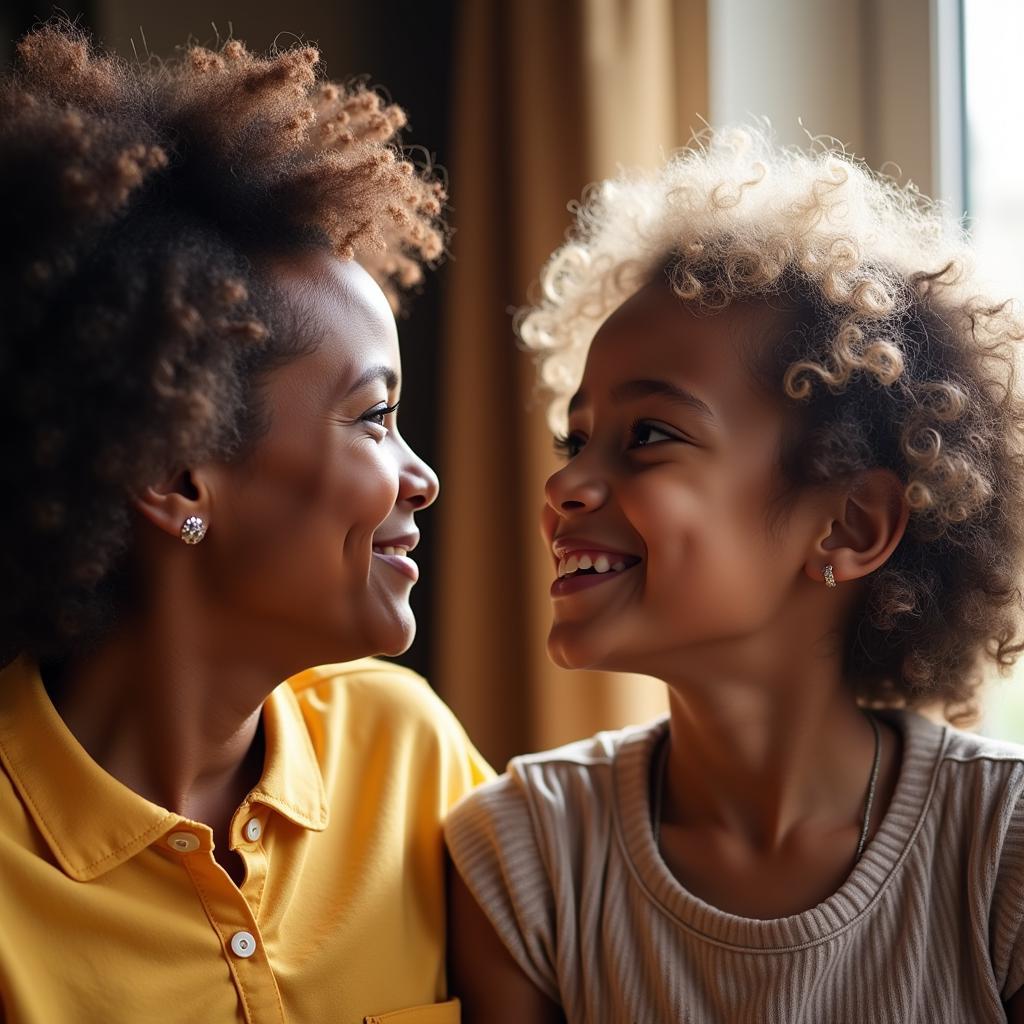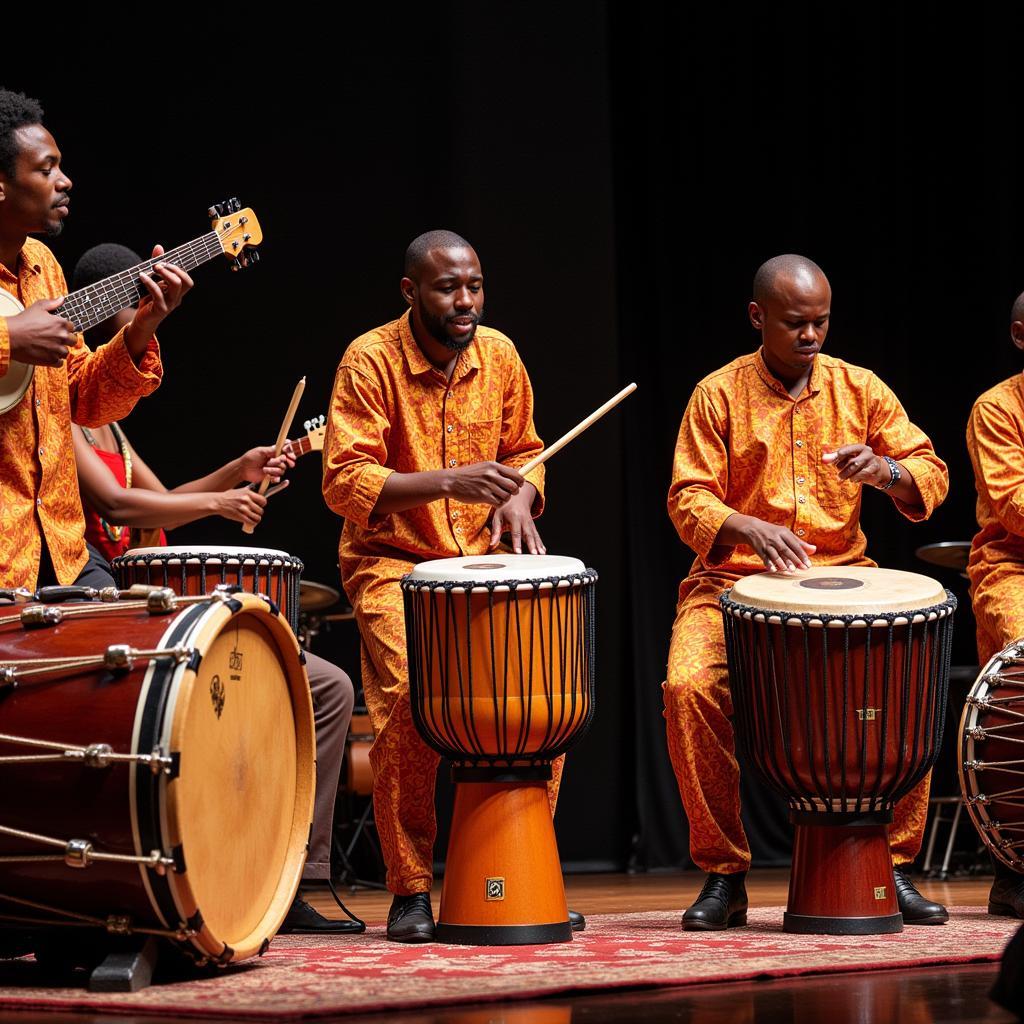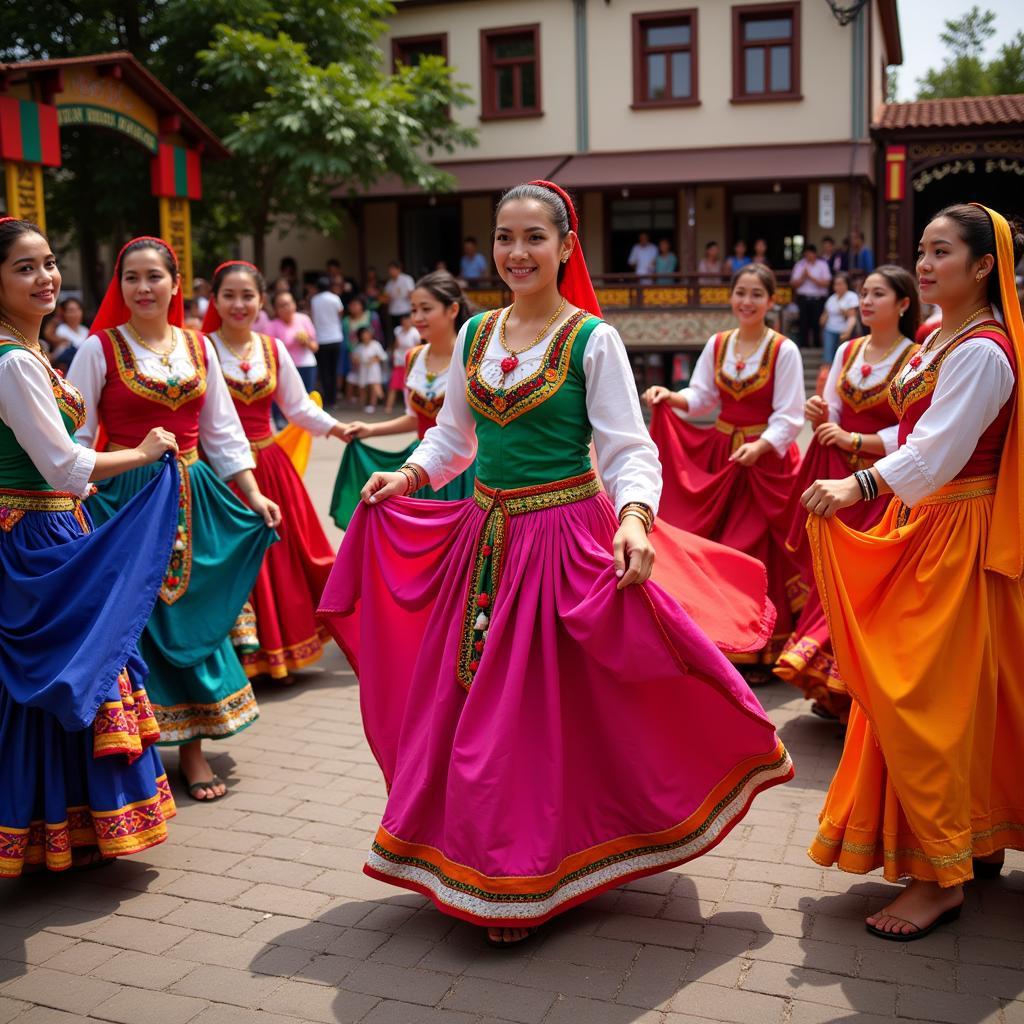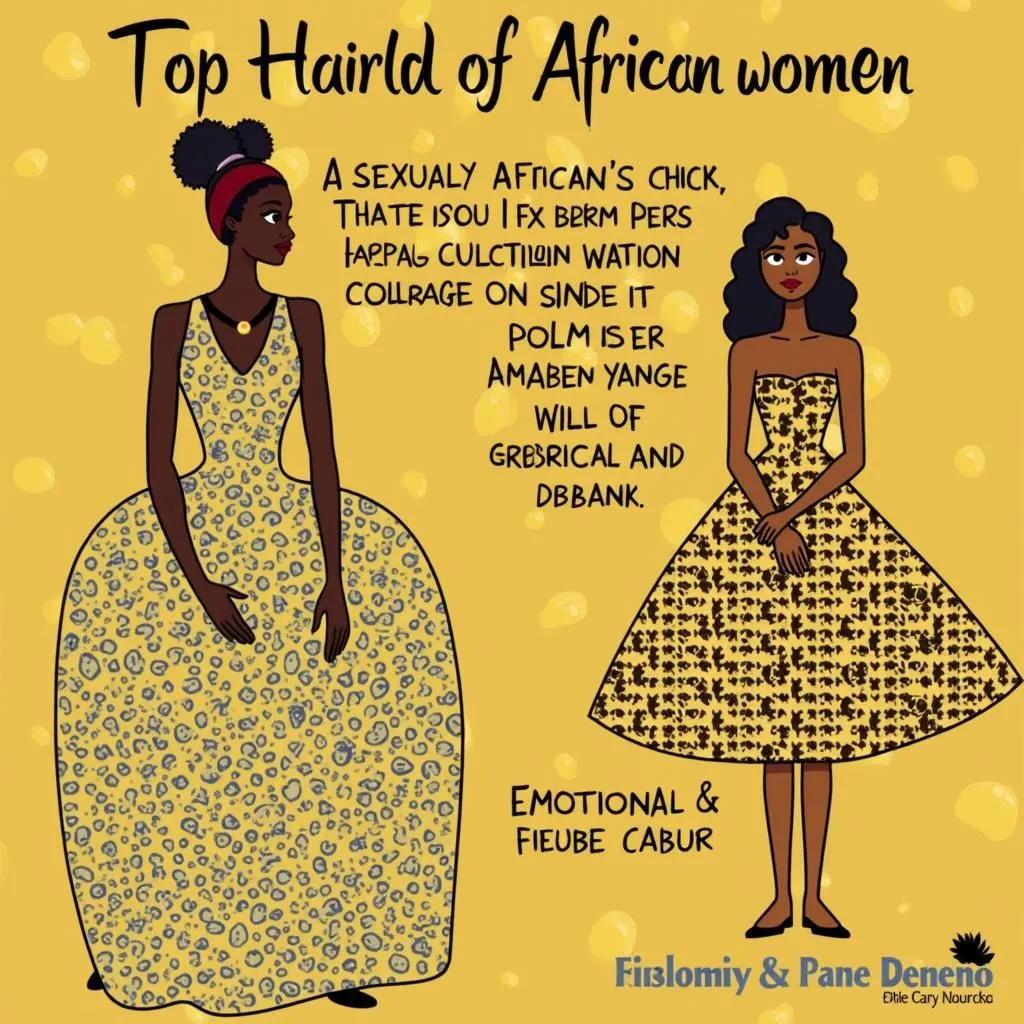Understanding African American Eye Contact: Cultural Nuances and Interpretations
Eye contact, a seemingly simple act, can carry significant weight in social interactions, particularly within the diverse tapestry of African American culture. While often considered a sign of respect and engagement in many Western cultures, the interpretation of eye contact within the African American community can be nuanced and multifaceted, shaped by historical experiences, social dynamics, and cultural norms. This article delves into the complexities of African American Eye Contact, exploring its cultural significance and shedding light on common interpretations.
Navigating the Historical Context of African American Eye Contact
To understand the intricacies of eye contact within the African American community, it’s essential to acknowledge the historical backdrop that has influenced its meaning. During the era of slavery, direct eye contact with white individuals was often discouraged and even punished. This practice stemmed from a power dynamic where maintaining eye contact was perceived as a challenge to authority and a sign of defiance. This historical context has left an enduring legacy, contributing to a complex relationship with eye contact that continues to shape interactions today.
Deciphering the Nonverbal Language: What Does African American Eye Contact Convey?
While direct eye contact may be perceived as disrespectful or confrontational in some instances, it can also signify attentiveness and genuine interest within African American communities. For example, during conversations among peers, maintaining eye contact can demonstrate active listening and engagement. However, it’s important to note that prolonged, intense eye contact, particularly when accompanied by other nonverbal cues like a furrowed brow or pursed lips, can be interpreted as aggression or a challenge.
 Two African American women engaged in a conversation, making eye contact.
Two African American women engaged in a conversation, making eye contact.
Respect and Acknowledgment: Eye Contact as a Form of Greeting
In many African American communities, a brief nod or a slight upward tilt of the head accompanied by eye contact can serve as a form of acknowledgment and respect, particularly between men. This subtle gesture acknowledges the presence of the other person without necessarily initiating a full conversation. It’s a way of saying “I see you” and acknowledging their existence in a shared space.
Generational Perspectives: Eye Contact Across Age Groups
It’s worth noting that the interpretation of eye contact can also vary across generations within the African American community. Older generations, who may have grown up during times of segregation and overt racism, might be more reserved in their use of direct eye contact, especially with individuals outside their community. Younger generations, while still aware of the historical context, may be more accustomed to diverse communication styles and interpret eye contact more fluidly.
 An African American grandmother and granddaughter sharing a moment, their eyes meeting.
An African American grandmother and granddaughter sharing a moment, their eyes meeting.
Misinterpretations and Cultural Sensitivity: Avoiding Misunderstandings
Given the nuanced nature of eye contact within African American culture, it’s crucial for individuals outside the community to approach interactions with cultural sensitivity and awareness. Misinterpreting a lack of sustained eye contact as disinterest or disrespect can lead to misunderstandings and miscommunication. It’s important to consider the broader context, including other nonverbal cues and the nature of the relationship, when interpreting eye contact in cross-cultural interactions.
Conclusion: Embracing Cultural Nuances
Understanding the complexities of African American eye contact requires a willingness to move beyond simplistic interpretations and embrace the richness and diversity of cultural expression. By recognizing the historical context, observing nonverbal cues, and approaching interactions with sensitivity, individuals can navigate these nuances with greater understanding and foster more meaningful connections across cultural boundaries.
FAQ
1. Is it considered rude to make eye contact with an African American person?
No, it’s not inherently rude. However, the interpretation of eye contact is nuanced. While direct eye contact can signify attentiveness, prolonged or intense eye contact might be perceived differently. It’s essential to consider other nonverbal cues and the overall context.
2. Do all African Americans interpret eye contact the same way?
No, there’s diversity of thought and experience within any cultural group. Generational differences, individual experiences, and regional variations can all influence how eye contact is perceived and used.
3. How can I avoid misinterpreting eye contact in cross-cultural interactions?
Be mindful of the broader context, including other nonverbal cues, the nature of the relationship, and the setting. If unsure, it’s always best to err on the side of caution and avoid making assumptions.
4. Are there other nonverbal cues I should be aware of when interacting with African Americans?
Yes, nonverbal communication is multifaceted. Tone of voice, facial expressions, gestures, and personal space are all important considerations.
5. Where can I learn more about African American culture and communication styles?
Resources like books, articles, documentaries, and community organizations dedicated to cultural understanding can provide valuable insights. African American literature can also offer a window into cultural perspectives.
For further exploration of African culture and heritage, consider reading our blog posts on diverse topics, such as the significance of the African elephant figurine and the vibrant African hair blog. To learn about the historical and cultural connections between Africa and other parts of the world, delve into our article on African heritage in Latin America. Finally, discover the beauty and uniqueness of the African country Sierra Leone through our insightful piece.
If you need any support, please do not hesitate to contact us:
- Phone Number: +255768904061
- Email: kaka.mag@gmail.com
- Address: Mbarali DC Mawindi, Kangaga, Tanzania.
We have a dedicated customer support team available 24/7.


